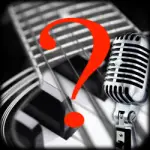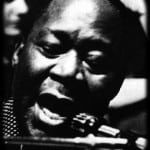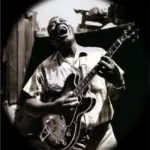Music Quiz Number 2
Classic songs, teen crazes, Blues stars and natural disasters. They're all in our latest Quiz, where even the wrong answers are all right!
Click on the answer you think is correct. Even the wrong answers might give you an interesting story!

Who sang 'Willie and the Hand Jive'?
Where was Storyville?
Which early legendary singer was the first Blues artist to record with an electronic microphone?
What was Memphis Slim's instrument?

When did the Mississippi flood, leaving 'High Water Everywhere'?
Who wrote BB King's first hit, 'Three O'Clock Blues'?
What was 'Howlin' Wolf's' real name?
